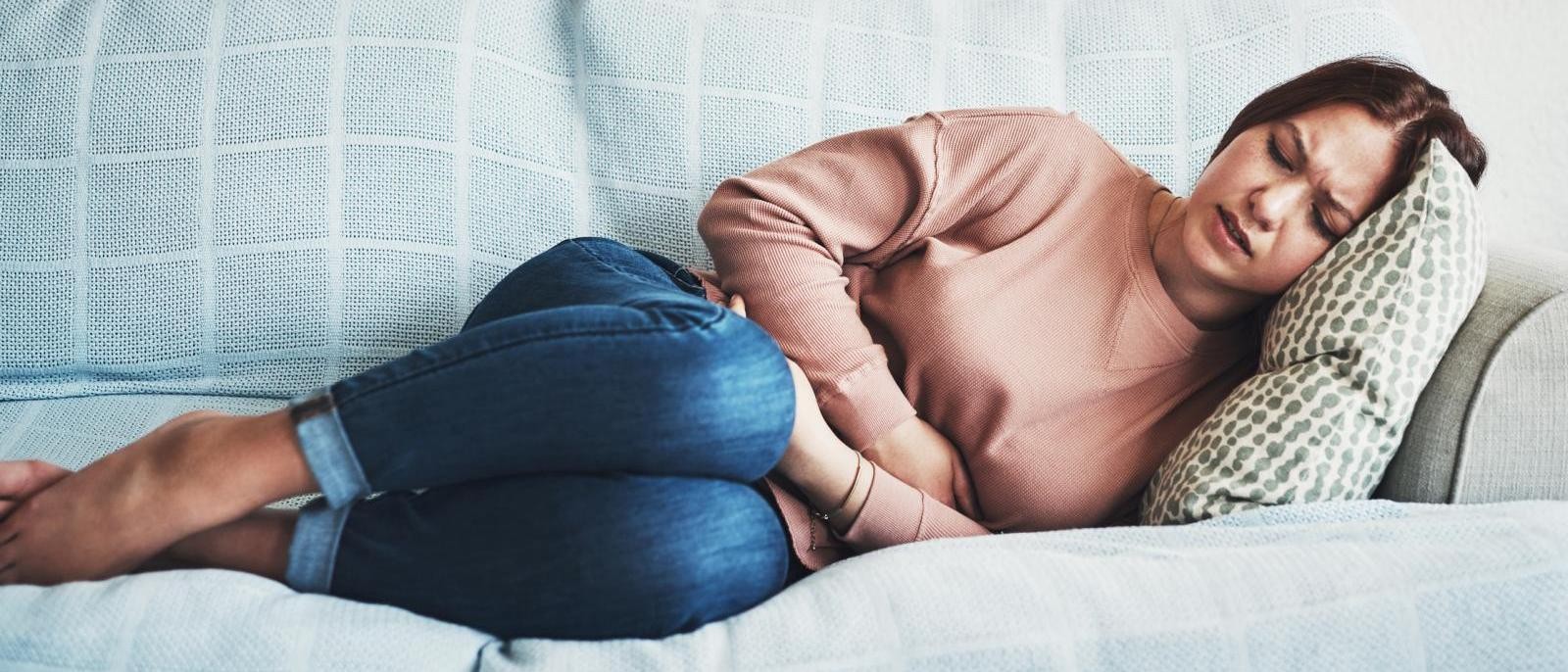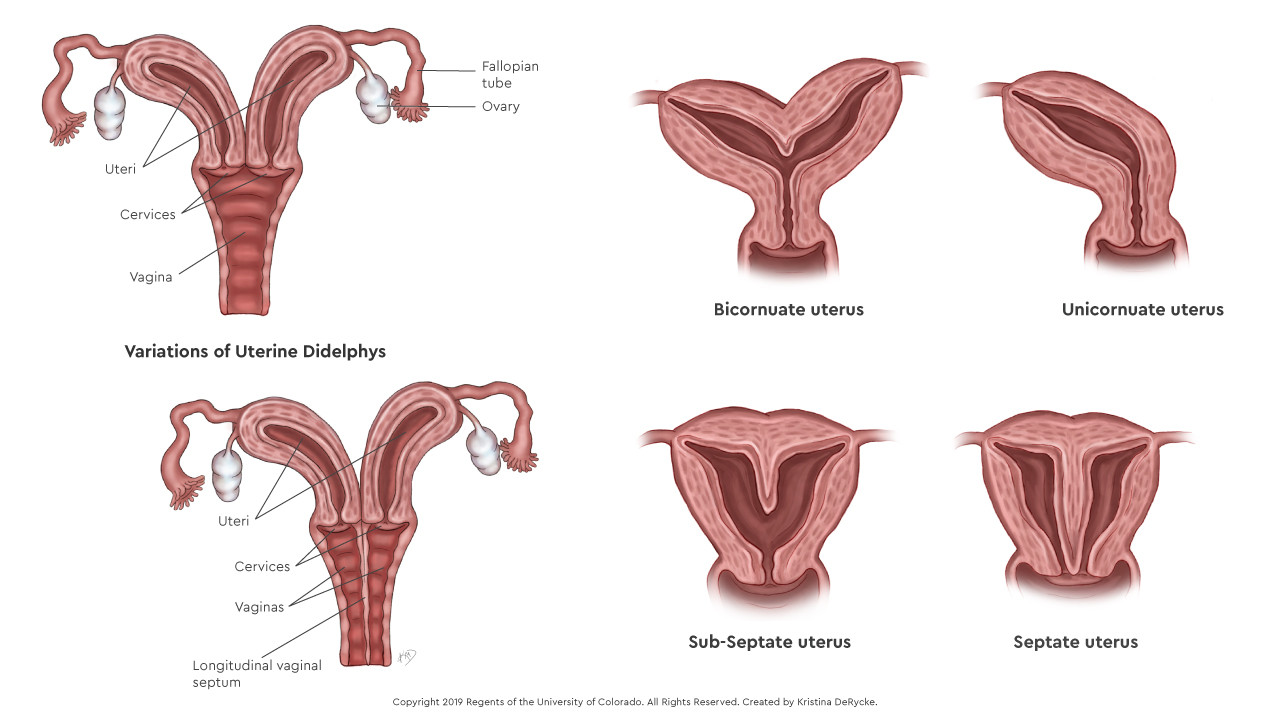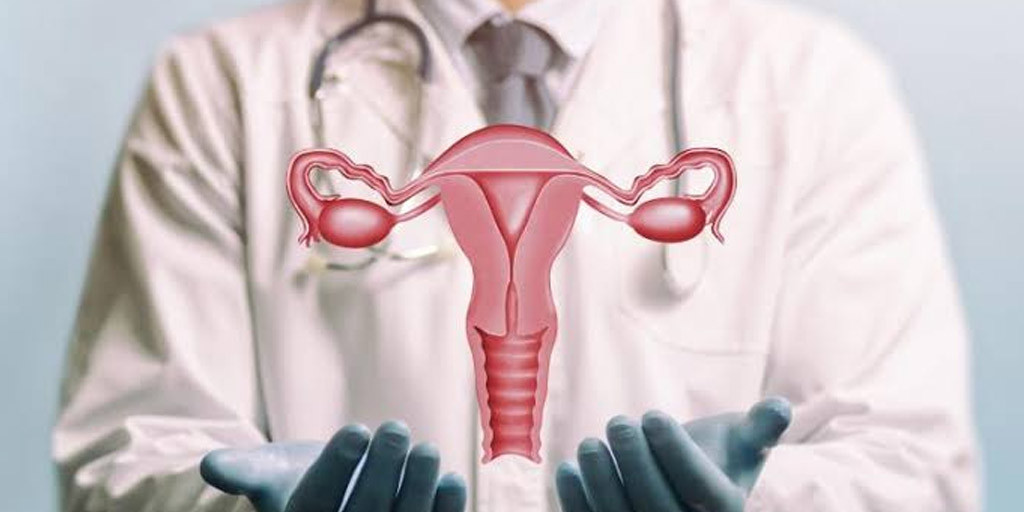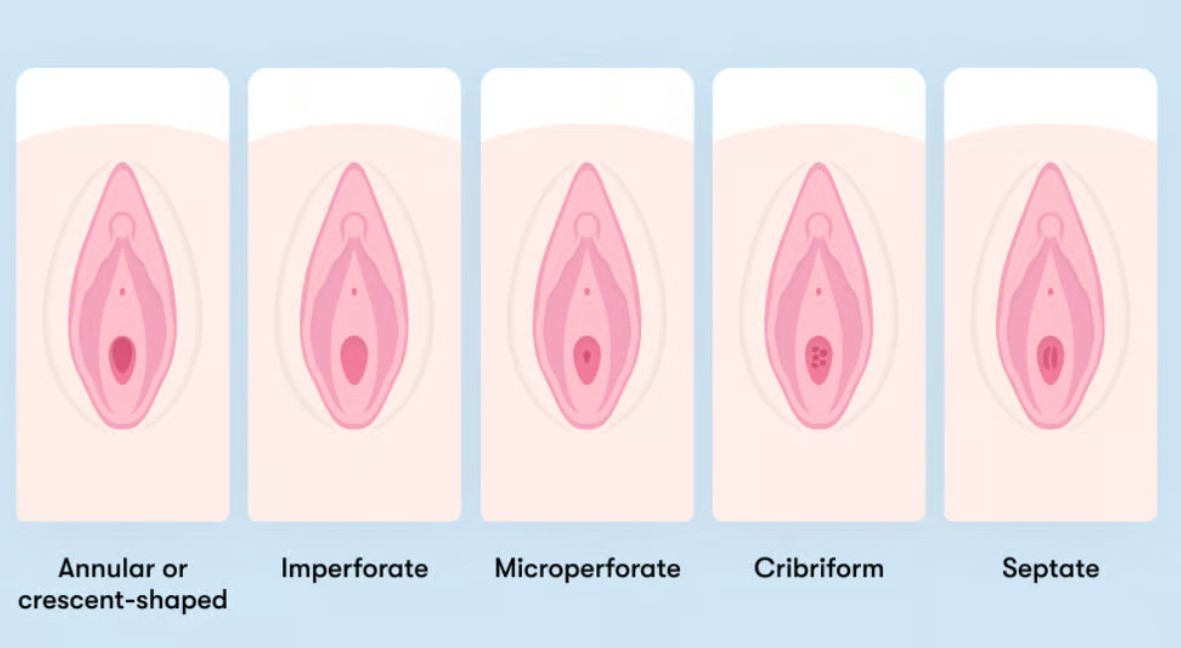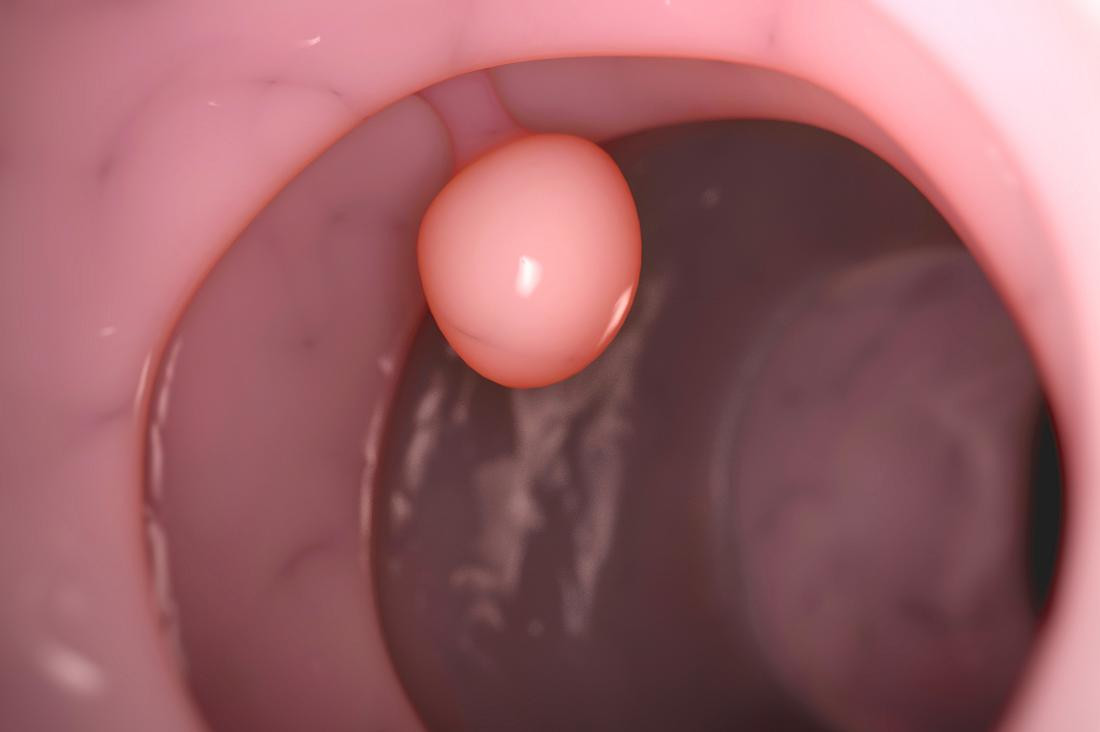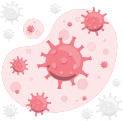Definition
Rectocele is a condition where the final part of the large intestine (rectum) protrudes into the vagina. This condition occurs due to a weakness or tear in the wall separating the large intestine and the vagina. When there is no tissue to support and maintain a structure or organ in its position, a shift can occur between one organ and another.
Rectoceles with small bulges generally do not cause symptoms. Complaints often only arise when the bulge in the vagina gets bigger. Therefore, it is difficult to estimate exactly how often women experience this condition.
Rectocele most commonly occurs in elderly women who have entered menopause and have a history of giving birth vaginally 2-3 times. Tears associated with normal childbirth can put pressure on the pelvic tissue and cause weakness in the wall separating the rectum and vagina.
Causes
The cause of rectocele is when the wall separating the vagina and rectum weakens or there is excessive pressure on that wall.
Pregnancy and normal delivery (through the vagina), especially repeated childbirth, can cause rectocele. Damage and weakness can occur in the muscles that support the wall separating the rectum-vagina. In addition, prolonged labor and a baby's weight that is too large can cause the muscles of the rectum-vaginal wall to stretch.
In addition to repeated childbirth, several conditions that can cause rectocele include:
- Aging, as muscle strength decreases with age
- Menopause is associated with various changes in body function, one of which is a decrease in muscle strength
- Chronic coughing over a long period can cause pressure on the pelvic floor muscles and the wall separating the rectum and vagina
- Chronic constipation, where a person needs more force, such as straining, to pass stool. Straining too hard repeatedly over a long time can weaken the pelvic floor muscles and the wall separating the rectum and vagina
- A history of pelvic surgery
- Excessive body weight
Risk Factor
There are two types of risk factors for rectocele:
- Unmodifiable risk factors such as:
- Aging
- Genetic factors that cause a person to be born with weak connective tissue in the pelvic floor
- Modifiable risk factors such as:
- A history of repeated vaginal births
- Overweight or obesity
- Chronic constipation and the habit of prolonged straining
- Conditions that increase abdominal pressure, such as prolonged coughing and a history of pelvic surgery
- Having a job that involves heavy lifting, which can cause strain on the pelvic floor muscles
In addition, a woman who experiences rectocele is also at risk of having a prolapse of other organs, such as cystocele (bladder prolapse into the vagina).
You can read about the cystocele here: Cystocele - Definition, Cause And Risk Factor.
Symptoms
Most rectoceles do not cause symptoms, especially if the bulge is still relatively small. Usually, complaints are only felt as the bulge enlarges and affects surrounding organs. Below are complaints that may arise with rectocele:
- A bulge in the vaginal opening
- Difficulty with bowel movements and constipation
- A feeling of fullness and pressure in the genital area or around the rectum
- Incomplete emptying after a bowel movement
- Pain and discomfort during sexual intercourse
- Pain in the anus
- Difficulty controlling stool and gas from the rectum
- Lower back pain that improves when lying down
- A decrease in vaginal muscle strength and a sensation of looseness
- A bulge that is exposed outside the genital area is at risk of injury and bleeding
Diagnosis
The doctor will take several steps and stages to diagnose rectocele. Typically, the following questions may be asked to determine the possible causes of the disease:
- Complaints and symptoms you are experiencing
- History of childbirth and surgical procedures, especially on reproductive organs
- History of other illnesses
- Family history of illness, etc.
The doctor will then conduct a general examination and a specific physical examination of the genital and anal areas.
If necessary, additional tests such as radiological examinations, including X-rays and MRI (Magnetic Resonance Imaging), may be performed. These tests are generally aimed at helping to confirm the diagnosis of rectocele. However, a physical examination by the doctor can usually diagnose whether or not a rectocele is present.
Management
The management of rectocele varies depending on the severity of the rectocele you are experiencing. Rectocele will be assessed based on its protrusion, whether it has not yet passed the hymen (hymen) or has significantly protruded beyond the hymen.
Lifestyle Changes
To avoid the habit of straining due to hard stools, you may be advised to consume foods high in fiber and drink plenty of water. Avoid alcoholic and caffeinated drinks as well. You can also do Kegel exercises to strengthen the pelvic muscles. These lifestyle changes are expected to improve your quality of life.
The use of stool softening gels can also be given to prevent constipation symptoms.
Pessary Ring
If the above steps do not work, a pessary ring can be used that is inserted into the vaginal opening. This ring-shaped device helps stabilize damage to the pelvic cavity and supports the protruding tissue. The device can be removed, reinserted, and washed before being reused. Its use is adjusted to the size of each patient.
Surgical Procedure
If therapy using a pessary device fails and there are symptoms of bowel obstruction, surgery is necessary to repair the damaged rectum-vaginal wall. The goal of surgery is to strengthen the tissue and reduce rectal prolapse into the vaginal opening.
Complications
If rectocele is not treated properly, it can lead to other problems, such as bowel obstruction. The use of a vaginal pessary device can also increase the risk of infection and ulcers (sores) on the vaginal lining. Rectocele surgery also carries the risk of bleeding and infection at the surgical site.
The most common complication after surgery is the recurrence of the vaginal prolapse.
Prevention
There are several preventive measures you can take to avoid rectocele:
- Perform Kegel exercises, especially after childbirth. This exercise helps strengthen the pelvic and vaginal muscles
- Prevent and treat constipation by drinking enough water and consuming high-fiber foods like fruits and vegetables
- Avoid frequently lifting heavy weights
- Control any cough you have by seeking treatment if it persists for a long time
- Avoid being overweight or obese by consulting a doctor about your ideal body weight
When to See a Doctor?
If you experience symptoms of tissue protrusion in the vaginal opening, consult a gynecologist immediately to determine the cause of your complaints.
Looking for more information about other diseases? Click here!
- dr. Alvidiani Agustina Damanik
Posterior Vaginal Prolapse (Rectocele) – mayoclinic. (2022). Retrieved 5 November 2022, from https://www.mayoclinic.org/diseases-conditions/rectocele/symptoms-causes/syc-20353414.
What is rectocele? – medicalnewstoday. (2022). Retrieved 5 November 2022, from https://www.medicalnewstoday.com/articles/189696.
Ladd M, Tuma F. Rectocele – StatPearls. (2022). Retrieved 5 November 2022, from https://www.ncbi.nlm.nih.gov/books/NBK546689/.
Rectocele – clevelandclinic. (2022). Retrieved 5 November 2022, from https://my.clevelandclinic.org/health/diseases/17415-rectocele.
Rectocele – drugs.com. (2022). Retrieved 5 November 2022, from https://www.drugs.com/health-guide/rectocele.html.

